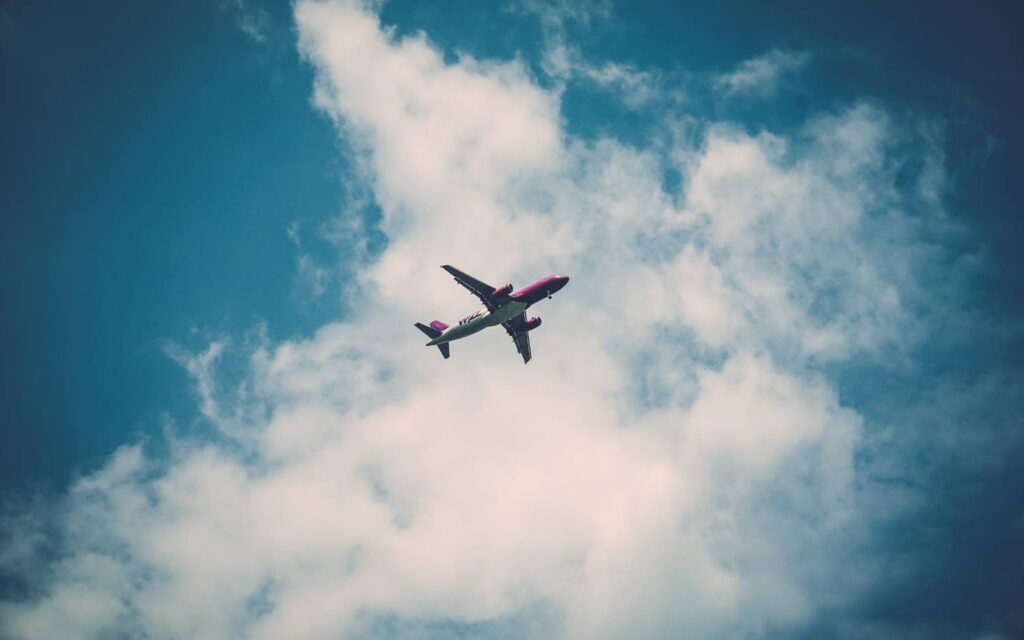Have you ever wondered about a career behind the scenes at an airline? There are dozens of employees who work to ensure a flight departs and arrives safely and on time.
While everyone is familiar with the pilot in command and the first officer, few people realize that a team of flight dispatchers works at the airline’s headquarters to complete all the necessary paperwork.
Here’s a look at the job of flight dispatchers and how you can get certified to become one.
What is a Flight Dispatcher?
The dispatcher shares some of the pilot in command’s (PIC’s) tasks, relieving their workload in the complicated world of airline flying.
Many of the preflight tasks that pilots do are completed by dispatchers, who approve the flight before it’s handed off to the captain.
The captain and dispatcher work as a team to accomplish all the necessary tasks and ensure the flight meets FAA regulations and company policy.
Dispatchers are licensed airmen, just like pilots or air traffic controllers.
They work as employees for airlines, performing behind-the-scenes tasks to ensure that planes are where they need to be and ready to fly the scheduled legs.
Before every flight, a dispatcher’s signature is required to legally release the flight.
In addition to the critical and obvious factors, such as the amount of fuel loaded aboard, dispatchers also perform weight and balance calculations, check the weather, and ensure the pilots are aware of any NOTAMs that could impact the flight.
A dispatcher’s job is not done once the flight is in the air, however.
Airline crews routinely keep in touch with dispatchers while en route.
The dispatch team provides a ground crew, an extra set of eyes, ears, and minds available to help them troubleshoot problems or come up with solutions.

What are the FAA Requirements to become a Flight Dispatcher?
To be eligible for a job as a certified dispatcher, you must meet the FAA’s eligibility requirements.
To begin, you must be at least 23 years old, hold a high school diploma or equivalent, and be proficient in English. While the career is often touted as one that doesn’t require a college degree, many airlines still prefer that you have one, and it always makes you a more qualified candidate for the position.
If you meet these requirements, you can sign up for a flight dispatcher course from a training provider that’s approved under FAR Part 65.
A list of official providers can be found on the FAA website.
Many college and university aviation programs offer a comprehensive program, which covers courses in meteorology, aviation regulations, air traffic control (ATC) procedures, decision-making, and the basics of navigation.
The training can be completed in person or online, but it depends on the school’s program. It’s important to find a program that meets your specific needs.
The courses must total up to at least 200 hours of training, but if it’s an approved program, you shouldn’t have to worry about that. Upon completing the program, you will be trained to take the FAA tests.
Once you’ve graduated from the program, you’re eligible to take the FAA flight dispatcher exam.
Like all FAA exams, the written portion is composed of multiple-choice questions.
There are 80 questions on the test, you have 3.5 hours to complete it, and you must score at least 70 percent to pass.
The practical test is conducted with an examiner, who will evaluate your knowledge and ability to plan and dispatch flights, as well as deal with emergency procedures.
If you are under 23 years old, it is possible to go to school and take the written exam as early as 21.
But you must be 23 at the time of applying for your license, which is the day of your practical test with the examiner.

Pilots wanting to switch to a flight dispatcher career have a slight advantage since much of the training covers the same areas.
Some dispatcher programs may offer an accelerated training program for such candidates. The dispatcher test is similar in many ways to the Airline Transport Pilot written and oral exams.
Landing a Flight Dispatcher Job
Having the license is just the first step in becoming a flight dispatcher. The rubber hits the tarmac when it’s time to find a job!
While the FAA has its set of requirements, most airlines will have even more requirements that you’ll need to be aware of.
Pre-employment drug screenings, random screenings, and background checks are required.
Some airlines may also require a college degree or military experience, as well as other specific qualities they seek in candidates.
Dispatchers usually work at the airline’s main office in the flight operations department, so you’ll have far fewer choices of places to live than pilots do. There are no commute-to-work options like those available to air crews.
When you find a job at an airline you’re interested in working for, and you meet the minimum requirements, getting the job is much like any other airline interview process.
You’ll not only have a professional HR interview, but also a qualification test to ensure you know your stuff.
If chosen for the position, the airline will then put you through their training program.
This is usually a formal class for a group of new hires, and it will be paid with housing provided. This training is to ensure you’re up to speed on the company’s procedures and equipment. There will be tests along the way, and not everyone makes it through the training.
All Part 121 airlines in the United States are required to employ dispatchers, and the major airlines each employ hundreds of them. That means that there are plenty of options for work all over the country.
At smaller airlines, dispatchers may wear more than one hat.
For example, your duties may also include scheduling crew or maintenance.
Remember, Part 121 includes cargo carriers as well, which means you do not need to limit your job search to passenger airlines.
As with other airline jobs, it’s not uncommon to begin your career as a dispatcher at a smaller regional airline.
These companies pay less but have less stringent hiring requirements compared to the major carriers. That makes it easy to get your foot in the door as a beginner. Once you have some experience in Part 121 dispatching, you can then apply for a better position at a bigger airline.
You can find open dispatcher jobs on the airline’s websites under ‘careers.’ You may also seem positions on job boards like Indeed or Jet Careers.

